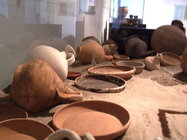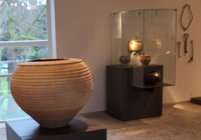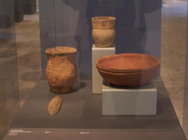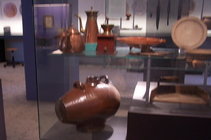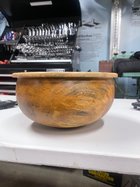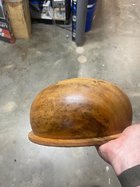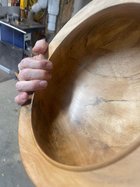I have been finding myself more curious about the different uses, shapes, and reasoning behind different bowl shapes over the course of historical time. I have seen some of the articles Emiliano has referenced as well as his discussions on calabash bowls. As far as I can recall, Emiliano is the man to ask about Hawaiian bowl history. But what about other cultures as well?
Does anybody know of a reference book that would cover that area of knowledge? I have the Raffan book on bowl shape and design. But I take that as more of the aesthetic approach.
Any information is appreciated.
Does anybody know of a reference book that would cover that area of knowledge? I have the Raffan book on bowl shape and design. But I take that as more of the aesthetic approach.
Any information is appreciated.

